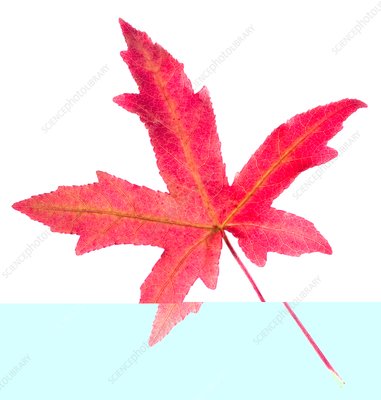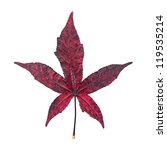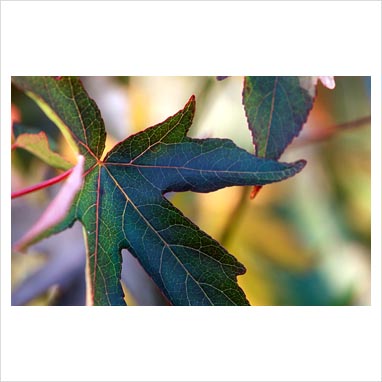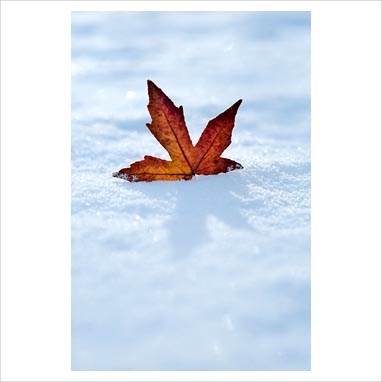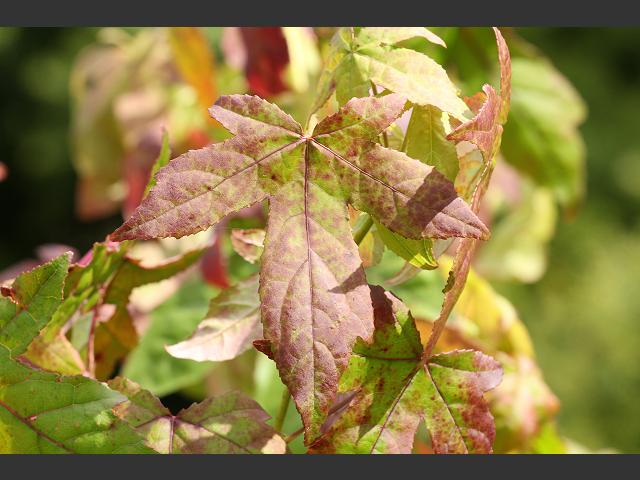deutsch
Seedling
Hey everyone, I have 2 trees that i collected last summer from seedlings. They seem to be pretty fast growing. One of them looks maybe like an elm? Not sure what type if it is. The other I have no idea, I tried searching tree leafs and cant figure it out, could it be a hybrid of some sort growing wild? Is it even a tree? I live in Houston,Texas
Thanks for any help.
Thanks for any help.





